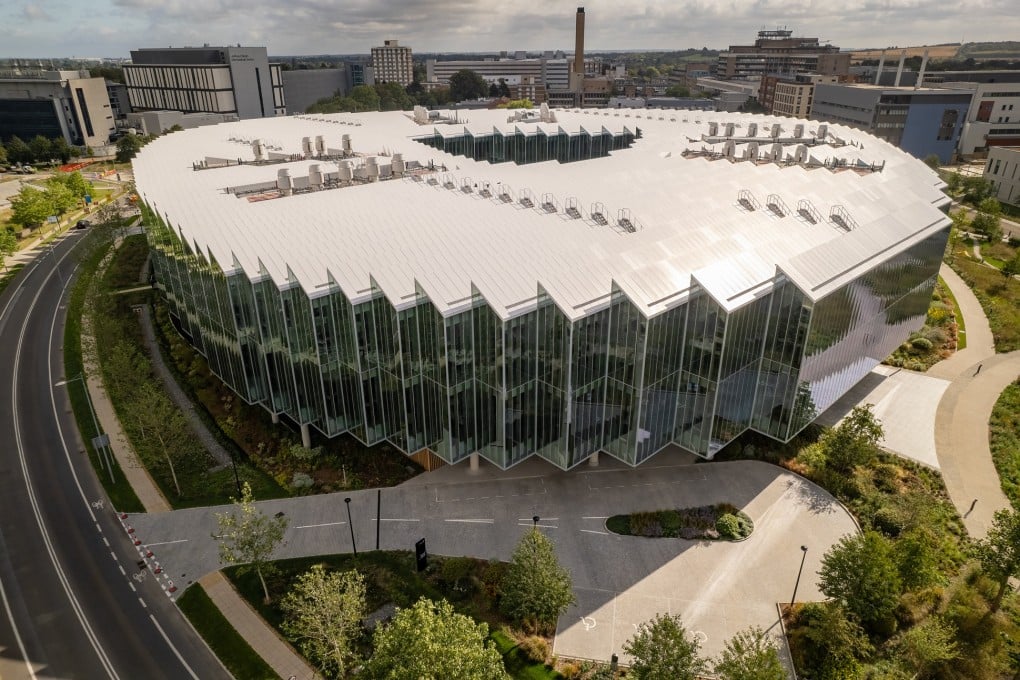Why pharmaceutical giant AstraZeneca chose Hong Kong for new R&D hub focused on oncology, rare diseases, and gene and cell therapies
- Anglo-Swedish firm will also set up iCampus facility as incubation platform for start-ups to encourage collaboration with universities and I&T parks
- Company is one of enterprises to link up with Office for Attracting Strategic Enterprises – the city’s plan to attract investment and cutting-edge businesses

Global pharmaceutical giant AstraZeneca announced a significant investment in Hong Kong last November, with plans to open a new research and development (R&D) hub that will focus on developing gene and cell therapies.
The move by the Anglo-Swedish company was widely seen as a major vote of confidence in the city and its future as a leading international hub for innovation and technology (I&T).
The strategic decision to set up the AstraZeneca R&D hub in the Lok Ma Chau Loop technology hub, near the mainland China border, will generate new momentum in key areas of breakthrough medical research.
An accompanying iCampus will serve as a dynamic incubation platform for start-ups by facilitating close collaboration and partnerships with universities, innovation and technology (I&T) parks, innovators in biotech and biomedical ventures and the financial sector.
AstraZeneca, which is headquartered in Britain, has been an established presence in Hong Kong since 1990. It has long seen the city as an important part of its global R&D structure to support its specialised work in developing and supplying life-changing medicines for countless patients.
A case in point is its co-incubation programme with the Hong Kong Science and Technology Parks Corporation – a government-backed innovation hub working to foster innovation and technology development in the city – unveiled in 2021, to support biomedical start-ups developing integrated oncology solutions. Through the initiative, AstraZeneca provides enrolled local and overseas start-ups with access to its connections in the mainland and global markets.
